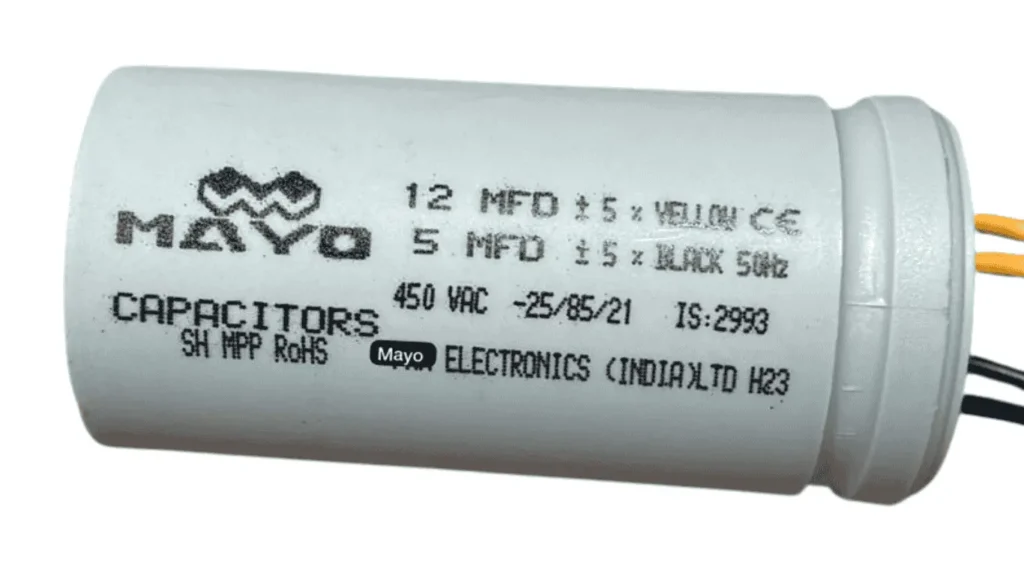Overview
A humming motor without rotation often indicates a capacitor malfunction. “A motor that barely moves or refuses to spin usually reveals a failing capacitor. Resolving capacitor faults offers a fast, affordable fix to restore washing machine functionality.

✦ Why Focus on the Capacitor?
Capacitor failure accounts for over 90 % of motor-start issues. With minimal cost and minimal effort required, diagnosing and replacing the faulty part effectively resolves the majority of drum spin problems.
Important Tools & Safety Measures
Step 1 – Isolate the Faulty Capacitor:
Once the machine’s rear cover is detached, identify the capacitor — typically a round metal or plastic component — mounted close to the drive motor. Visual inspection reveals swelling, signs of oil leakage, rust on terminals, or any bulging top. Any such anomalies strongly indicate capacitor replacement.
Step 2 – Testing Capacitance with Multimeter:
Step 3 – Removing the Defective Capacitor:
- Unbolt the mounting bracket using a 13 mm spanner
- Pull out capacitor carefully, avoiding contact with live components.
- Label capacitor rating (e.g., 4 µF ± 5 %, 450 VDC) for an accurate match
Step 4 – Installing the New Capacitor:
Step 5 – Functional Verification:
Professional Results:
Conclusion:
Capacitor failure represents one of the simplest yet most frequent issues behind a non-spinning washing machine drum. With minimal equipment, an accurate diagnosis followed by correct replacement restores operation swiftly. When executed methodically, this approach empowers effective DIY repair and spares unnecessary service calls.
By following this expert-generated guide, washing machine functionality returns, operating efficiency improves, and confidence in handling future issues builds.
How to Test a RUN or START CAPACITOR the CORRECT Way
Source: Craft Customs / Youtube
The video embedded above belongs to its original creator on YouTube. We’ve added it here only to support the steps explained in this blog. All written content in this post is 100% original.
Author: RepairTech Solutions Team
Our content is written by appliance repair experts and reviewed by certified technicians with over a decade of real-world experience.
